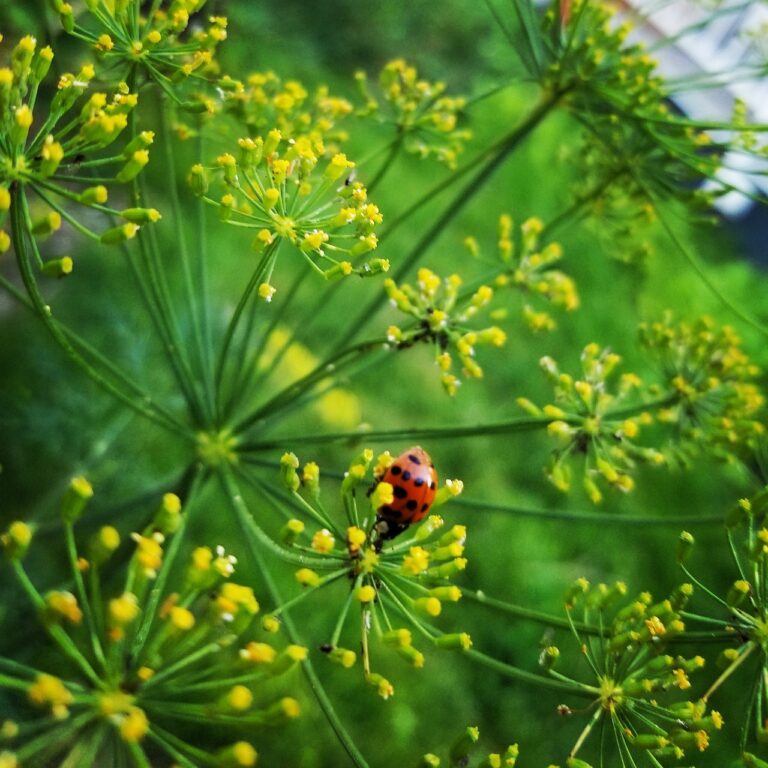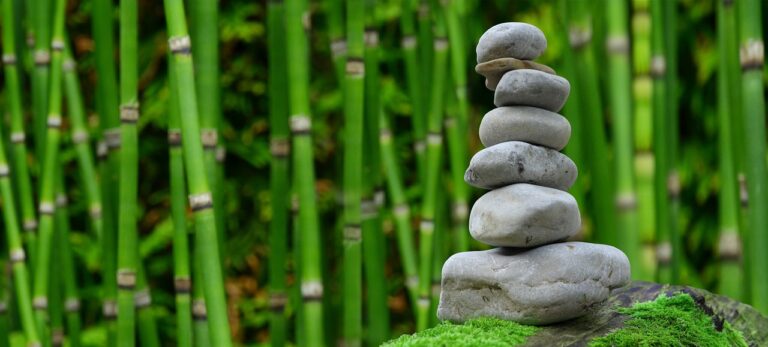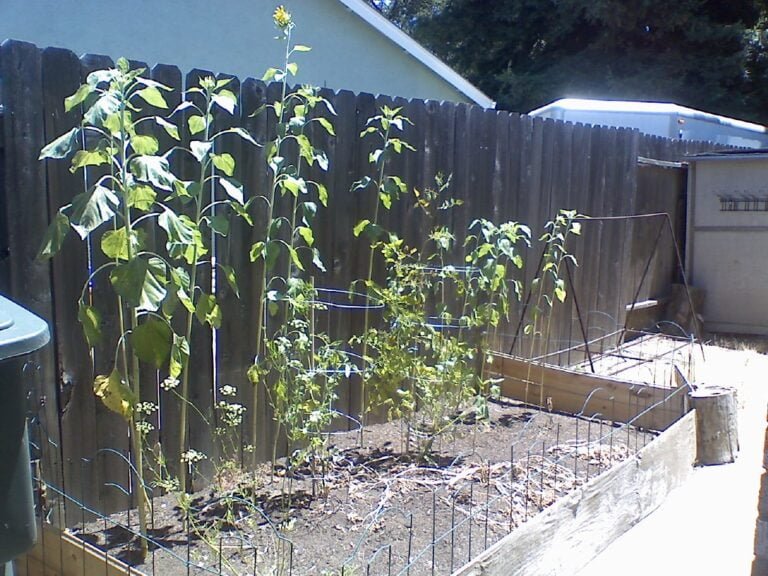Understanding the Flowering Process of Jalapeno Plants
If you've ever wanted to grow your own jalapeno peppers, understanding the flowering process of jalapeno plants is key. In this article, we'll walk you through the different stages of jalapeno plant flowering and provide practical tips for maximizing your plant's flowering potential. From factors affecting flowering to the importance of pollination, we'll cover it all. Get ready to harvest an abundant crop of jalapeno peppers by extending the flowering season of your plants.
Importance of Jalapeno Plant Flowering
To understand the importance of jalapeno plant flowering, you need to know that it plays a crucial role in the overall growth and production of the plant. Flowering is a key stage in the life cycle of a jalapeno plant. It is during this phase that the plant develops flowers, which eventually turn into fruits. The flowers contain the reproductive organs of the plant, and their successful pollination leads to fruit formation. Without flowering, there would be no fruits to harvest. The flowering process also signals the plant's readiness for reproduction and ensures the continuation of its species. Additionally, the flowers attract pollinators like bees and butterflies, which help in the fertilization process. Therefore, understanding and facilitating the jalapeno plant's flowering is essential for a successful harvest and the continued growth of the plant.
Life Cycle of Jalapeno Plants
During the flowering process of jalapeno plants, it is important to understand the life cycle of these plants to ensure successful growth and fruit production. Jalapeno plants have a life cycle that consists of several stages. It all starts with seed germination, where the seeds sprout and develop into seedlings. The next stage is vegetative growth, where the plant focuses on building a strong root system and developing its leaves and stems. This is followed by the flowering stage, where the plant produces flowers that will eventually turn into fruit. After pollination, the fruit starts to develop and grow. Finally, the plant enters the ripening stage, where the fruit matures and becomes ready for harvest. Understanding the life cycle of jalapeno plants allows you to provide the necessary care and support at each stage, ensuring healthy growth and a bountiful harvest.
Factors Affecting Flowering in Jalapeno Plants
When growing jalapeno plants, there are several factors that can affect their flowering process. One important factor is temperature. Jalapeno plants thrive in warm temperatures between 70 and 85 degrees Fahrenheit during the day and around 60 degrees Fahrenheit at night. If the temperatures drop below 55 degrees Fahrenheit, the plants may not flower properly. Another factor to consider is sunlight. Jalapeno plants require at least 6 to 8 hours of direct sunlight each day for optimal flowering. Lack of sunlight can lead to reduced flower production. Additionally, proper nutrition is essential for flowering. Ensure that the soil has a balanced nutrient composition, particularly high in phosphorus and potassium, which promote flower development. Lastly, pollination is crucial for jalapeno plants to produce fruits. Bees and other pollinators play a vital role in transferring pollen from the male to the female flowers. By providing the right conditions and ensuring proper pollination, you can enhance the flowering process of your jalapeno plants.
Understanding Jalapeno Plant Pollination
To enhance the flowering process of your jalapeno plants, you need to understand how jalapeno plant pollination occurs. Jalapeno plants have both male and female flowers, and pollination is necessary for the development of fruit. The male flowers produce pollen, while the female flowers have a stigma that receives the pollen. Pollination can occur through self-pollination, where the pollen from the male flower reaches the stigma of the same plant, or through cross-pollination, where pollen is transferred from one plant to another by insects, wind, or other means. To increase the chances of successful pollination, you can attract pollinators to your garden by planting flowers that they are attracted to, such as marigolds or lavender. Additionally, you can gently shake the flowers to help the pollen transfer. Understanding the pollination process will help ensure a bountiful harvest of jalapenos.
Different Stages of Jalapeno Plant Flowering
Now that you understand how jalapeno plant pollination occurs, let's explore the different stages of jalapeno plant flowering. Understanding these stages will help you care for your plants and ensure a successful harvest.
The first stage is called bud formation. This is when small buds start to appear on the plant's branches. These buds will eventually develop into flowers. It is important to provide adequate sunlight, water, and nutrients during this stage to promote healthy bud formation.
The second stage is flower development. The buds will start to open and reveal the vibrant flowers. During this stage, the flowers need proper pollination to produce fruit. Bees and other pollinators play a crucial role in transferring pollen from the male to the female flowers.
The final stage is fruit formation. After successful pollination, the flowers will start to wither, and tiny green fruits will emerge. These fruits will gradually grow and mature into the spicy jalapenos that you love.
How to Identify Flower Buds on Jalapeno Plants
To identify flower buds on your jalapeno plants, simply look for small, rounded growths forming along the branches. These buds are usually green in color and can be easily distinguished from the leaves and stems. As the plant matures and enters its flowering stage, these buds will gradually grow larger and develop a more distinct shape. You may also notice tiny, closed flowers within the buds, which will eventually open up and reveal the vibrant petals. It's important to keep a close eye on these flower buds as they indicate that your jalapeno plants are ready to produce peppers. Once the flowers have fully opened, pollination can occur, allowing the plant to set fruit and continue its growth cycle. Happy gardening!
Tips for Maximizing Jalapeno Plant Flowering
Maximize jalapeno plant flowering by implementing these helpful tips. First, ensure that your plants receive adequate sunlight, ideally for at least six hours a day. Provide them with well-draining soil that is rich in organic matter and maintain a consistent watering schedule, making sure not to overwater or underwater the plants. To encourage flowering, apply a balanced fertilizer every four to six weeks during the growing season. Prune your plants regularly to remove any dead or damaged branches and promote air circulation. Additionally, consider using a foliar spray containing phosphorus to stimulate flower production. Finally, be patient and allow the plants enough time to establish themselves before expecting abundant flowering. By following these tips, you can maximize the flowering process of your jalapeno plants and enjoy a bountiful harvest.
Common Problems in Jalapeno Plant Flowering
If you're experiencing issues with jalapeno plant flowering, there are several common problems that may be affecting their growth. One common problem is inadequate sunlight. Jalapeno plants require at least 6 to 8 hours of direct sunlight daily. If your plants are not receiving enough sunlight, consider moving them to a sunnier location or providing artificial lighting. Another issue could be improper watering. Overwatering can lead to root rot and hinder flowering, while underwatering can cause the plants to become stressed and fail to produce flowers. Ensure that your plants receive consistent moisture, watering them deeply but allowing the soil to dry out slightly between waterings. Poor soil quality can also impact flowering. Jalapeno plants prefer well-drained soil with a pH level between 6.0 and 7.0. If necessary, amend the soil with organic matter to improve its fertility and drainage. Additionally, insufficient nutrients can hinder flowering. Apply a balanced fertilizer specifically formulated for vegetables every four to six weeks during the growing season. Lastly, extreme temperatures can affect flowering. Jalapeno plants thrive in temperatures between 70°F and 85°F. If temperatures are consistently outside this range, consider providing shade or using a greenhouse to regulate the temperature. By addressing these common problems, you can help your jalapeno plants thrive and produce an abundance of flowers.
Harvesting Jalapeno Peppers From Flowering Plants
Once your jalapeno plants have successfully flowered, it's time to start harvesting the peppers. Harvesting jalapeno peppers is an exciting and rewarding process. To ensure you get the best flavors and highest quality peppers, it's important to harvest them at the right time. When jalapeno peppers reach their mature size, they will turn from green to red, signaling that they are ready to be picked. Gently grasp the pepper near the stem and twist it until it separates from the plant. Be careful not to damage the plant or other peppers in the process. If you prefer milder peppers, you can harvest them when they are still green. Remember to wear gloves when handling jalapenos to protect your skin from their spicy oils. Once harvested, you can use your jalapeno peppers to add a kick to your favorite dishes or preserve them for future use. Enjoy the fruits of your labor and share the spicy goodness with others!
Extending the Flowering Season of Jalapeno Plants
To continue maximizing the flowering season of your jalapeno plants, consider implementing strategies to encourage prolonged blooming. One way to achieve this is by deadheading the spent flowers regularly. By removing the faded blooms, you stimulate the plant to produce more flowers, extending the flowering season. Additionally, providing adequate water and nutrients is crucial for continuous blooming. Make sure the plants receive consistent moisture, especially during dry spells, as water stress can cause premature flower drop. Fertilize the plants with a balanced fertilizer every four to six weeks to supply them with the necessary nutrients for sustained blooming. Lastly, ensure the plants receive sufficient sunlight, as jalapenos thrive in full sun. By following these strategies, you can extend the flowering season of your jalapeno plants and enjoy a bountiful harvest.
Conclusion
In conclusion, understanding the flowering process of jalapeno plants is crucial for successful cultivation. By knowing the life cycle, factors affecting flowering, and stages of flowering, growers can maximize their plant's productivity. Tips for maximizing flowering, such as providing adequate sunlight and proper fertilization, can further enhance jalapeno plant yield. However, common problems like poor pollination and pests can hinder the flowering process. Harvesting jalapeno peppers from flowering plants and extending the flowering season are essential for a bountiful harvest.






